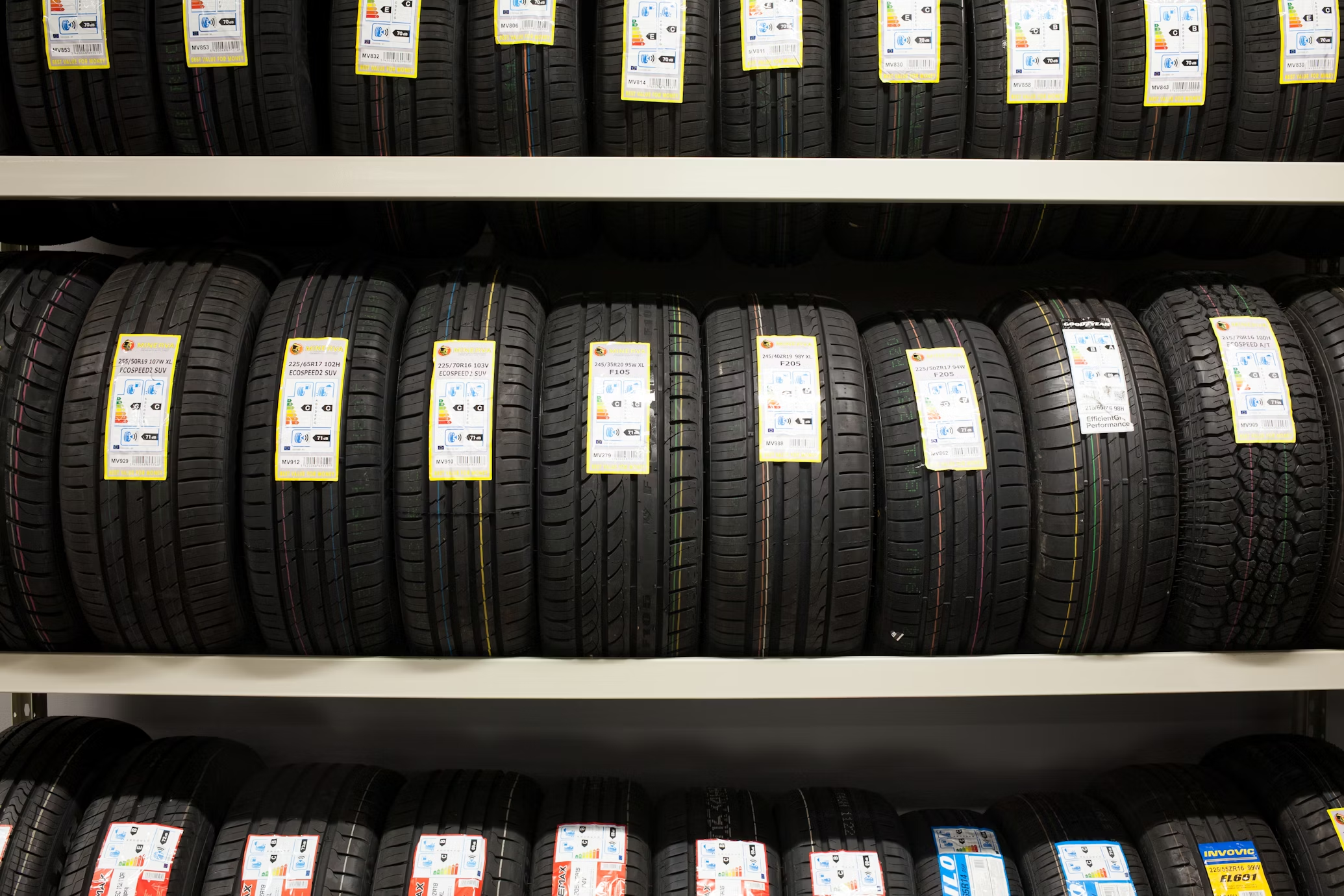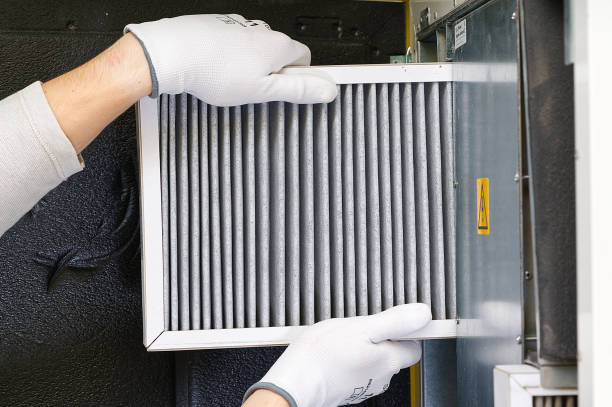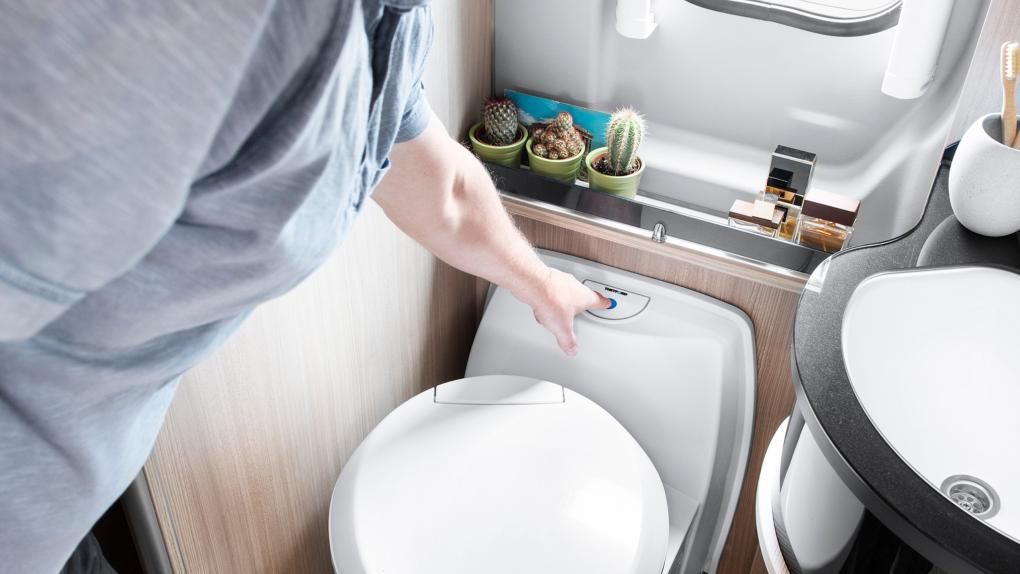Trailer tires play a crucial role in towing safety. Despite their simple appearance, they endure heavy loads, challenging maneuvers, and inconsistent usage. Proper selection and maintenance of trailer tires significantly impact your towing experience.
ST Tires vs. LT Tires
Trailer tires are typically labeled “ST” (Special Trailer), distinguishing them from “LT” (Light Truck) tires. ST tires are specifically engineered to handle stresses unique to trailer applications, such as extreme side loads during sharp turns, often noticeable on tandem- or triple-axle trailers. You can physically see these side loads affecting the sidewalls and hear the friction during tight turns. ST tires are built to withstand these conditions, unlike LT tires.
Additionally, ST tires minimize trailer sway by reducing lateral tire movement. Their internal construction often includes larger polyester cords compared to equivalent LT or passenger tires (P-metric), tailored specifically to the tire’s size and load rating.
ST tires also feature chemical compounds designed to resist weathering and ozone damage, issues frequently encountered during prolonged storage periods. These compounds accommodate the varied duty cycles of trailers—frequent periods of inactivity interspersed with heavy usage.
Though some online forums advocate using LT tires instead, most issues reported with ST tires usually result from improper maintenance, underinflation, excessive speed, or other misuse. It’s best to adhere to trailer manufacturers’ and tire industry experts’ recommendations.
However, some RV owners have experienced unexpected ST tire failures, particularly with low-quality, imported brands. Switching to LT tires with equal or greater load ratings is sometimes considered a viable alternative for persistent issues.
Radial or Bias-Ply Tires?
Bias-ply tires have cords angled around 60 degrees to the direction of travel, creating layers that intersect. This makes bias-ply tires rugged, well-suited for rough terrain and resistant to sidewall punctures.
Radial tires, with cords running perpendicular to travel direction, offer smoother rides, better tread wear, and lower heat retention, extending overall tire life.
Never mix bias-ply and radial tires due to their significantly different handling characteristics. Modern trailers typically come equipped with radial tires, as bias-ply is becoming less common.
Proper Tire Inflation
Inflating trailer tires to the correct pressure is critical for preventing blowouts, typically caused by underinflation. Underinflated tires generate excessive heat, damage inner liners, and weaken sidewalls.
Check tire pressure when tires are cold, ideally before traveling and without direct sun exposure. Use an accurate tire-pressure gauge rather than relying solely on visual checks since the stiff sidewalls of ST tires can conceal underinflation.
Tires losing as little as 20% of recommended pressure require professional inspection before reuse. Remember, tires naturally lose about 1-2 psi per month.
Matching and Upgrading Tires
For multi-axle trailers, always use tires identical in size and load rating to evenly distribute weight. Consult your trailer manufacturer before considering larger tires to ensure proper load capacity. Never downgrade tire load ratings from your trailer’s specifications, although upgrading to higher ratings can offer additional safety margins.
Avoid tire-care products containing alcohol or petroleum distillates, as they accelerate drying, cracking, and overall tire degradation.
Trailer Tire Lifespan
Interestingly, regularly used trailer tires often outlast those frequently stored due to compound lubricants released during operation, which prolong tire life. Tires kept unused deteriorate faster from UV exposure.
Manufacturers typically recommend replacing trailer tires every 3 to 8 years, regardless of tread depth. For instance, Carlisle Tire suggests tire replacement after 3 years, with a maximum of 5 years. Other brands typically recommend replacement between 7 and 8 years. Frequent inspections will help determine your tires’ condition over time.
Tips for Tire Storage
Long-term storage (over six months) requires bias-ply tires to be elevated on blocks to prevent flat spots. For shorter storage, place tires on waterproof materials (rubber mats, plastic boards, or plywood covered with sheet metal) to prevent moisture absorption.
Tires naturally crack due to heat, sunlight, and ozone exposure. Storing your trailer in a cool, shaded location, or using specialized tire covers available from RV suppliers, helps significantly prolong tire life.
Speed and Trailer Tires
High speeds drastically reduce tire lifespan. ST tires are typically rated for speeds up to 65 mph. Exceeding this speed increases heat build-up, hastening tire wear and potential failures.
Trailer Tire Alignment
Proper alignment—checking camber, toe-in, parallel axles, and perpendicular hitch alignment—is essential. A skilled technician can correct these settings, improving tire longevity and ensuring consistent wear patterns.
Balancing Trailer Tires
Balancing trailer tires, though often overlooked, enhances tire longevity and protects wheel bearings and axle components. Unbalanced tires cause vibrations and wear even though passengers can’t directly feel them. This inexpensive practice is valuable preventive maintenance.
Checking Tire Manufacture Dates
All tires display a four-digit manufacturing date code on their sidewall following the DOT number. The first two digits represent the week, and the last two denote the year of manufacture. Checking this helps ensure you’re buying tires with maximum useful lifespan remaining.
Keeping trailer tires properly maintained and updated safeguards you, your family, and fellow travelers. Follow the guidance provided by your trailer’s manufacturer and industry experts, ensuring your trailer tire selections and maintenance decisions keep you safely on the road.



